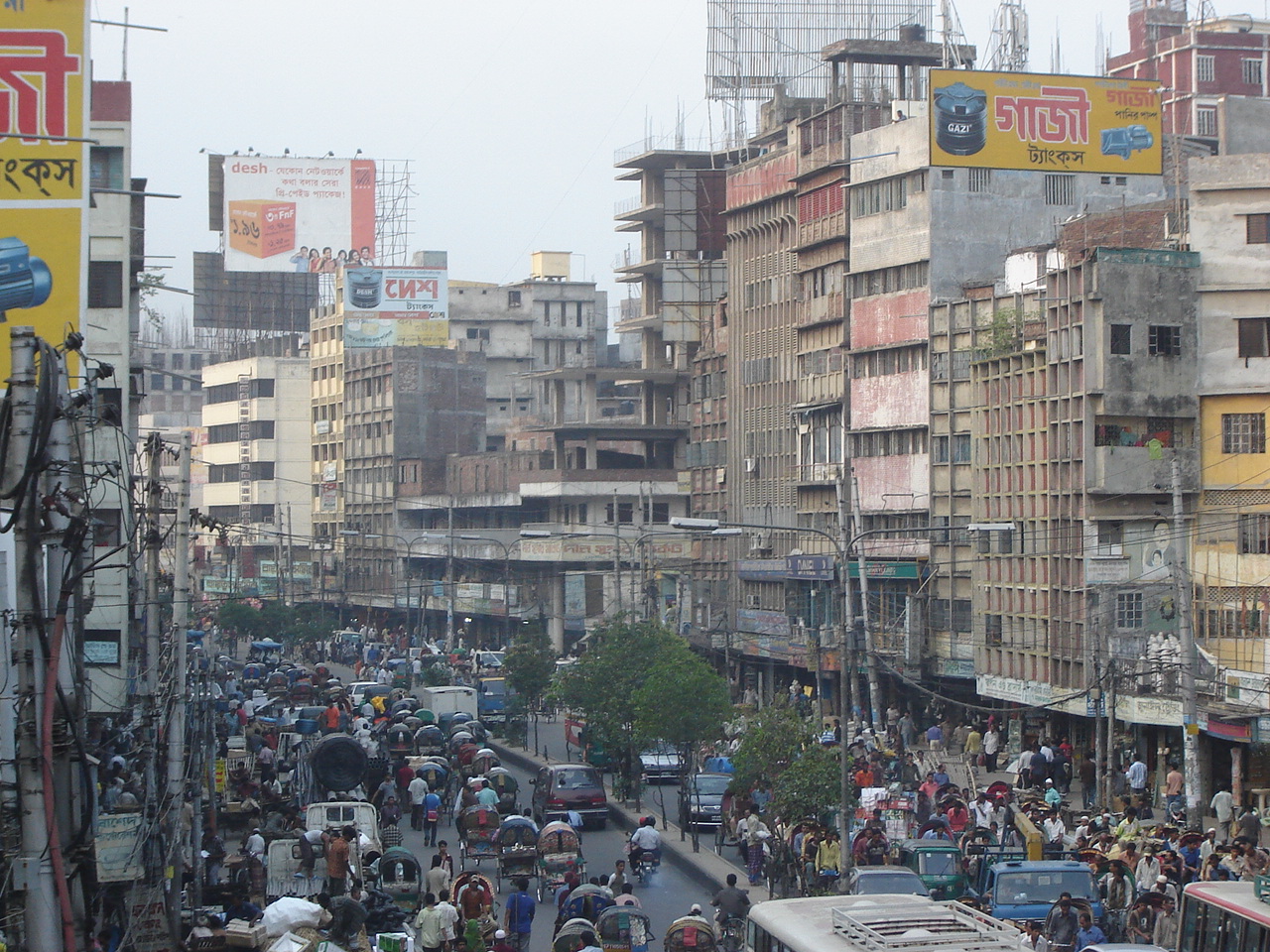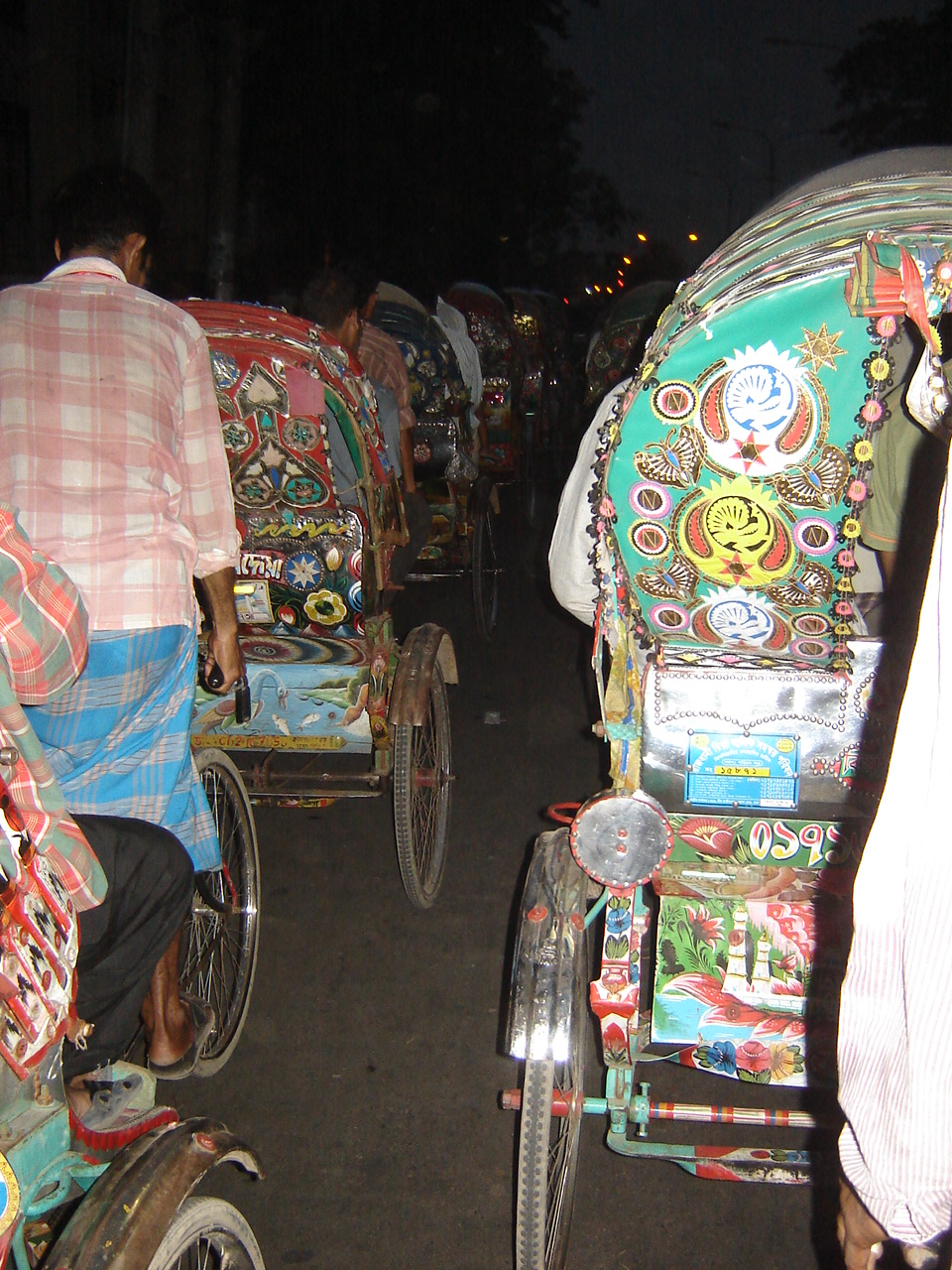Traffic is one of those detestable facts of life that seems to follow you, no matter where you go. Whether it’s waiting on line at a market, inhaling exhaust from the cars during rush hour, or you’re trying to buy a pair of limited edition Super Mario Bros. shoes on the Puma website right after their release, traffic swoops in to sap your vitality.
Not to mention, if you like traveling, you probably have stories of superlative traffic situations. One of mine stems from taking an airport bus from Congonhas Airport to downtown São Paulo; we moved roughly three miles in two and a half hours. Then, you have the pipe that fell on a highway between Mexico City and Puebla; on that bus, we waited around eleven hours before the go-ahead. And have fun trying to cross a street in a Vietnamese city.
Ah, yes, Vietnam. Being a pedestrian in Ho Chi Minh City or Hanoi takes some guts, what with the never-ending swathes of motorbikes narrowly missing knocking you over. It’s usually worth it though, given how delicious much of the coffee and street food is. But, is there an analogous metropolis out there, known for its mesmerizing traffic, perhaps somewhere in South Asia?
Almost.

Enter– Dhaka, Bangladesh, the undisputed rickshaw (Bengali: রিকশা) capital of the world; by some estimates, there are more than one million rickshaws (aka pedicabs) throughout the city. They are well-known for their colorful designs featuring monuments, cityscapes, and movie stars, and regularly jostle with lead and methane-emitting cars, trucks, and buses. So congested are Dhaka’s streets that in 2018, the average driving speed was said to be just above 4 miles per hour.
Having recently read that the Dhaka government is planning to remove all pedicabs by next year, I wonder how successful this initiative will be. COVID-19 may have put a temporary stop to it, but irrespective of the pandemic, millions of residents rely on the pedicabs for commuting, as their quotidian job, or for transporting goods. Overall, Dhaka’s infrastructure is not equipped for the more than 19 million that live in the metro area, and completely eliminating rickshaws would only add to the vehicular traffic. Also, if they go the Jakarta route – getting rid of rickshaws coupled with a rising middle class – it might pave the way for motorbikes, which again would add to the traffic crisis.
On that note, I leave you with this nocturnal image, as a passenger in a Dhaka rickshaw in 2007:

Fortunately, the first line of a Dhaka metro system – as well as a Bus Rapid Transit (BRT) scheme – are under construction. Given that the city is monsoon fodder, I’m hoping that these two modes of public transit have some sort of buttress against flooding.

Leave a Reply